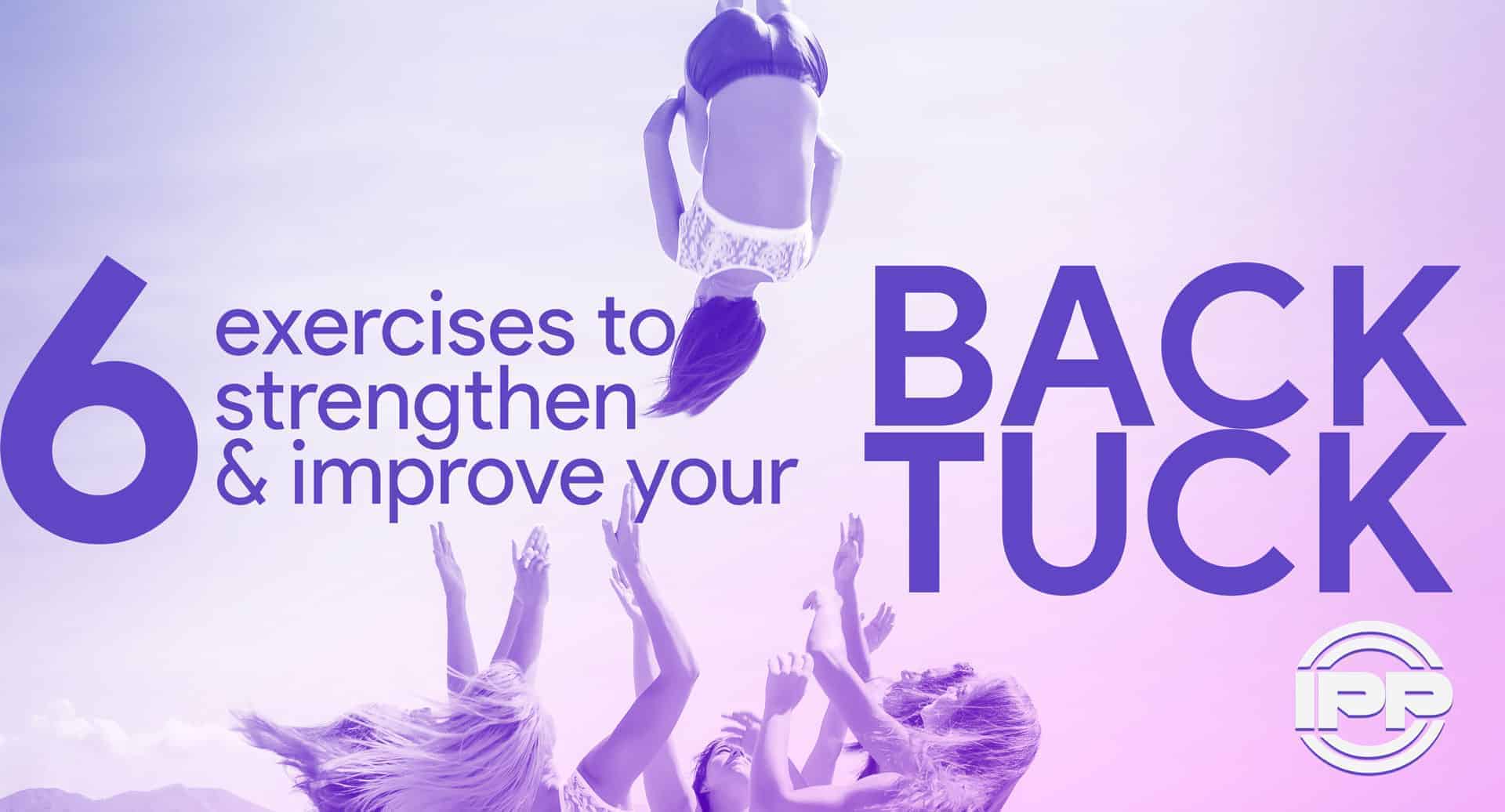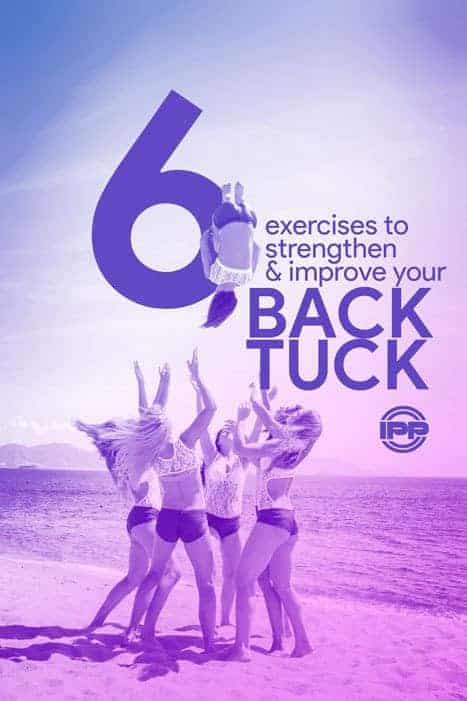Coaching Tips
By Jason Mason
Updated September 21, 2018
You know what’s one thing that can really throw a wrench in your season?
An Injury
It always seems that just as all the gears are turning and your team is starting to gel that someone gets hurt. Depending on the severity of the injury, you may now have to go back to the drawing board. You know what this means.

New stunt groups, rearranging spots, athlete from ripple 1 now needs to remember ripple 3 – which she always forgets. It’s basically a brand new routine. You know what’s probably more frustrating than an unexpected an injury? The fact that it probably could have been prevented. How you ask? Properly conditioning your team may be monumental in keeping your athletes injury free. We’ve provided you with an easy-to-follow guide that help to reduce injury and keep your athletics more powerful.

Develop a Dynamic Warm-Up/Dynamic Stretch.
This is to get your athletes muscles warm. It is best to stretch when muscles are warm versus static stretching. This is also a great way to mimic movements that are performed during routines….and perfect them :)
Take a step back
Many times we go into a season with high expectations. This is great unless you skip over the basics. Take a step back and look at your athletes movements and their strengths.
Do you see anything common among your athletes? If so, that is a great place to start. A couple common issues I see are Squatting ability, Shoulder/back flexibility, Core activation.

PROGRAM OUT YOUR PRACTICE
Set time limits or set time aside for things that are important and must be accomplished. One being constant improvement on the athletes stamina and power production. Yes, you are challenged when running a routine full out over and over….However, if your athletes are tired and start to practice bad form. They are now teaching themselves improper mechanics which lead to injuries. Save time at the end of practice or don’t be afraid to drop something from your practice and condition where the athletes can be successful by performing at their top ability at that time versus lifting, flipping, twisting etc.



Open to change
The definition of insanity is doing the same thing over and over again, expecting a different result. If you tend to have drops, weak tumbling, a sloppy second half of your routine or a mixture of these. Then it might be time to have a second opinion review your teams. This consultant should be knowledgeable both in fitness/health as well as understand the cheerleading/gymnastics/dance requirements.
Don’t be afraid of what they might tell you
It could be anything from a couple quick tips for fitness to changing/firing/moving staff members around so they are best utilized. Sometimes people are placed or hired for a certain part of the job but are a better fit somewhere else. By putting them where they belong it increases moral and helps them be a better coach. This gets the athletes excited and doing what they need. When athletes do what they need and are excited to be there….Well the results speak for themselves.
Add a strength training day
-
On this day your athletes will work on just strengthening their body. Athletes tend to do the same movements in a sport over and over again. Strength training allows the athlete to increase the activation/strength of the opposite muscles that are typically used. These create balance which not only will make them stronger but balance helps prevent injury!







